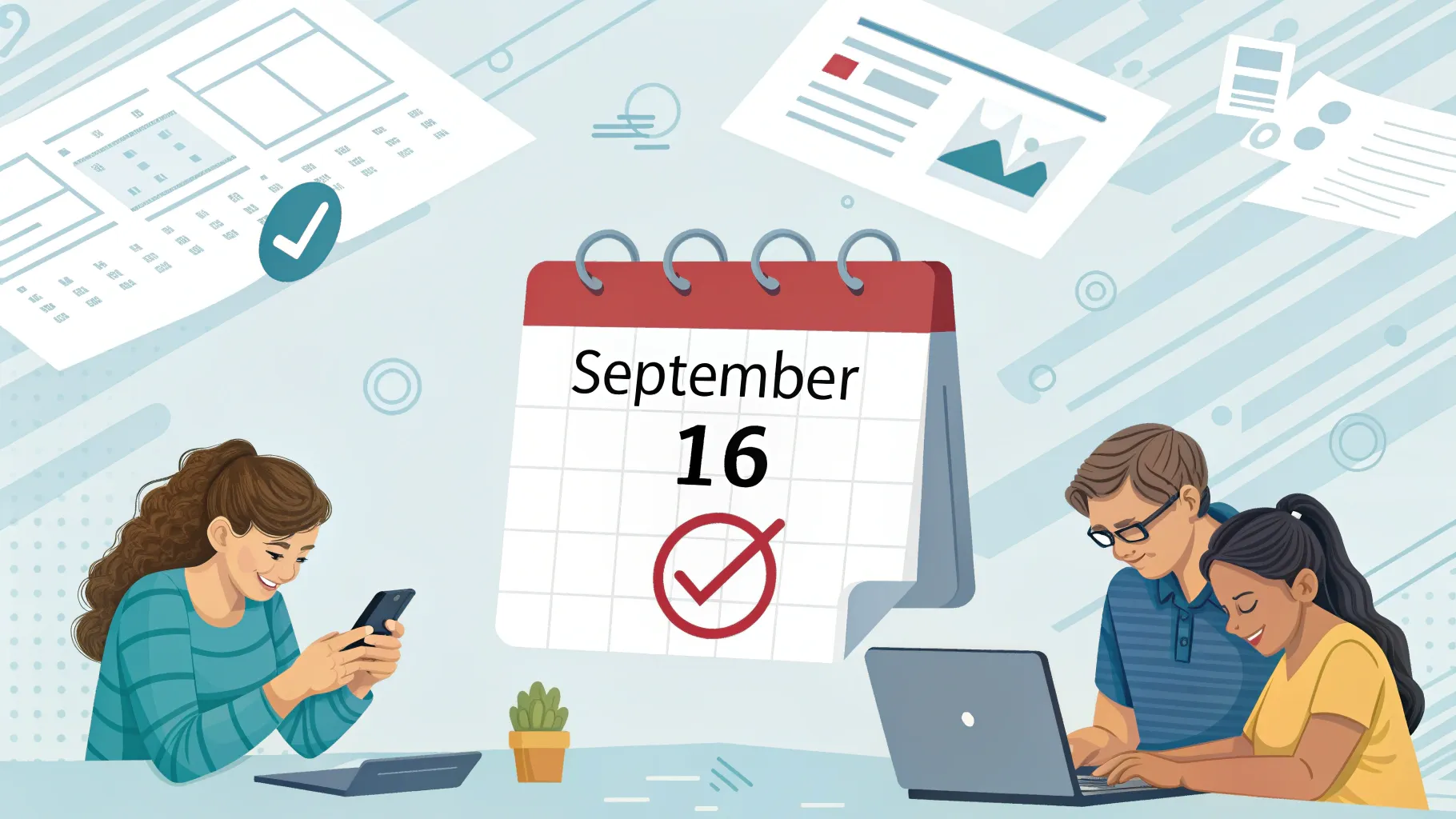Millions of taxpayers are now watching for refunds after the September 16 filing cutoff, as the tax agency begins its
post-deadline processing cycle. Officials say that most refunds should arrive within a few weeks; however, verification checks may delay some payments. Online tools are available to track status in real time, easing uncertainty for those waiting.
Background: What Happens After Filing
After the filing window closes, the agency runs automated checks to match income reports, deductions, and bank account details. It then approves refunds and instructs the banking partner to issue payments. This process usually runs faster for e-filed returns, especially when bank details and identity verification match on the first pass.
The agency has repeated its standard timeline for disbursing money once a return clears all checks. According to a statement, refunds are issued within 7 to 21 working days in most cases. That window may be extended if the system flags a
return for review or if account details need to be corrected.
“The income tax department processes refunds within 7 to 21 working days, but verification issues may cause delays.”
Why Some Refunds Get Delayed
Several factors can hold up a payment. The most common are mismatched bank details, incomplete e-verification, and supporting documents requested for claims. Even small errors, such as an incorrect account number or a closed account, can trigger a return to the review queue.
Outstanding tax dues from prior years can also reduce or offset the current refund. In such cases, the agency typically posts an announcement online, displaying the calculation and any adjustments. Tax professionals advise checking notices and responding within the given time to avoid longer waits.
System load right after a deadline can add a few days. Large volumes mean the first wave of assessments may take longer to clear. Still, most standard cases should fall within the stated timeframe if verification completes smoothly.
How to Track the Status
Officials encourage filers to use the online portal for updates. The status page shows whether a refund is approved, under processing, or on hold for verification. It also indicates if the
bank has received the instruction to credit the account.
“Taxpayers can track their refund status online.”
- Log in to the official tax portal with your registered ID.
- Go to the refund status or e-filing dashboard.
- Check bank validation and mandate status.
- Review any notices or pending actions.
If the site shows a failed credit, verify the account number and IFSC or routing code. Update details and revalidate. The system will attempt a reissue once the
bank confirms the issue has been resolved.
What to Do If It’s Late
If 21 working days pass with no payment, filers should check for pending e-verification of the return and confirm bank details. They should also look for any requests for documents. If everything checks out, a service request can be raised through the portal.
Tax advisors recommend downloading the acknowledgement and the intimation order, which show the computed refund and any math adjustments—keeping these on hand speeds up the resolution of support queries. Many issues get resolved once the correct bank information is validated.
Household Impact and Planning
Refunds can be a significant factor in household budgets at this time of year. Some families rely on it to cover school fees, medical bills, or loan repayments. Financial planners suggest treating refunds as part of a broader cash flow plan, not as windfalls.
If a delay occurs, short-term budgeting can help. Setting aside funds for essential payments reduces stress while the agency completes checks. If a refund is smaller than expected due to adjustments, reviewing advance tax or withholding for the next year may avoid surprises.
What to Watch Next
Over the next few weeks, the volume of processed returns is expected to increase as automated checks are completed. Filers with clean matches are likely to see credits first, followed by cases that need review. System notices will continue to guide users on the next steps when issues appear.
“Refunds are typically issued within 7 to 21 working days.”
For now, the most straightforward approach is to monitor the portal, complete any pending actions, and keep your bank details up to date. Most refunds should arrive within the stated timeframe, with only a small percentage requiring additional time.
As the post-deadline cycle unfolds, the key factors remain verification, correct bank information, and prompt responses to notices. With those in place, taxpayers can expect a smoother route from filing to refund in the weeks ahead.






